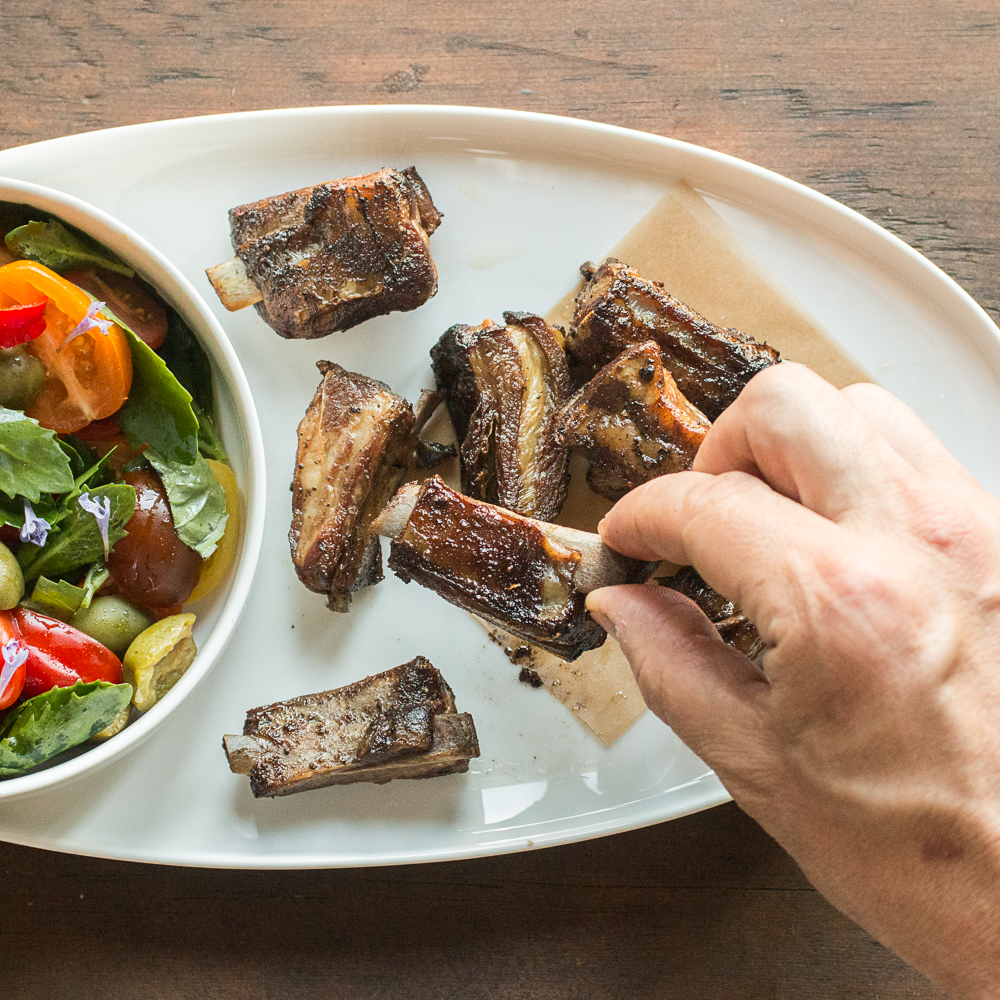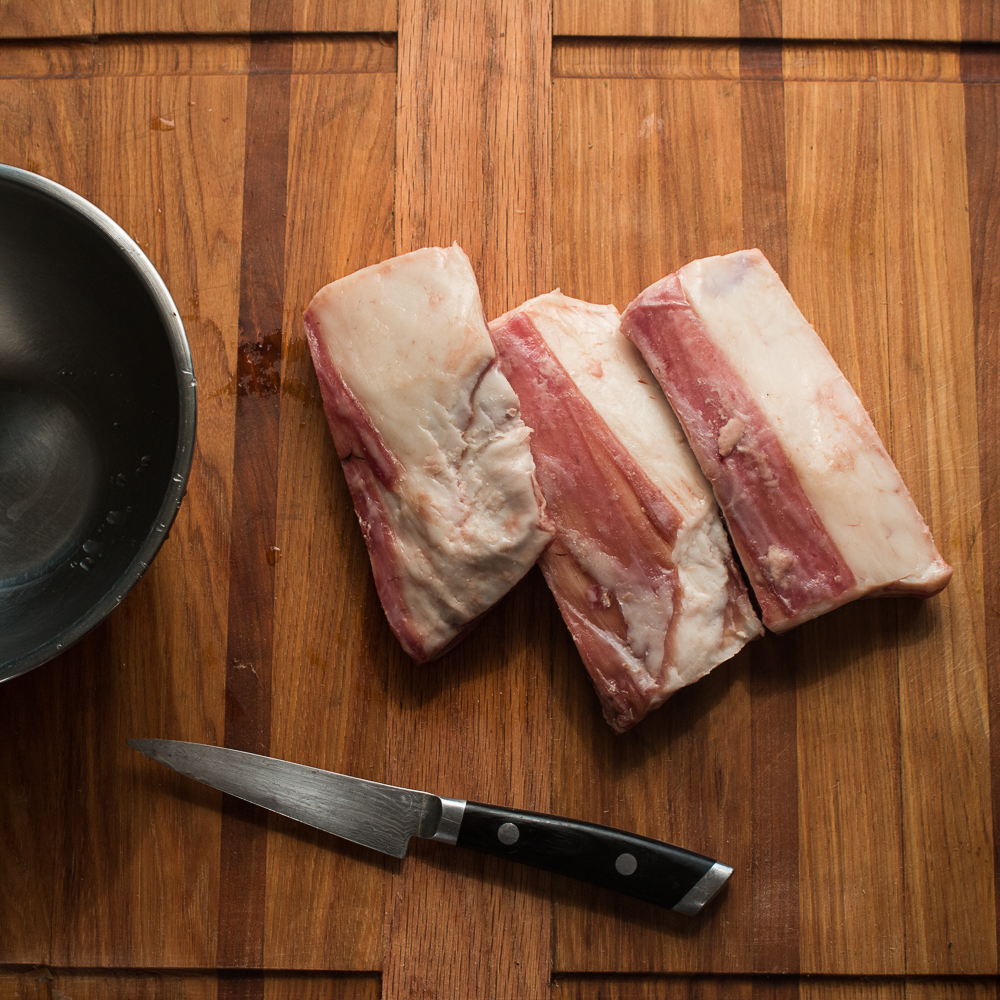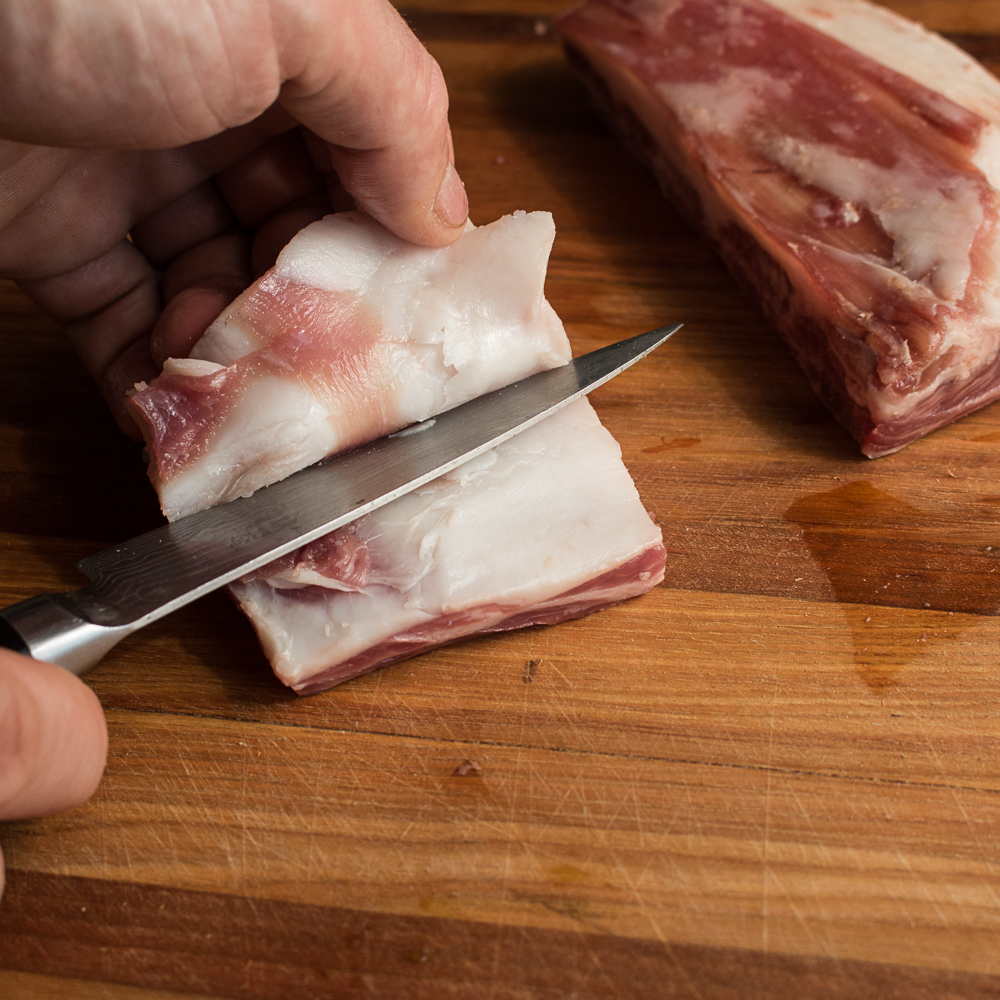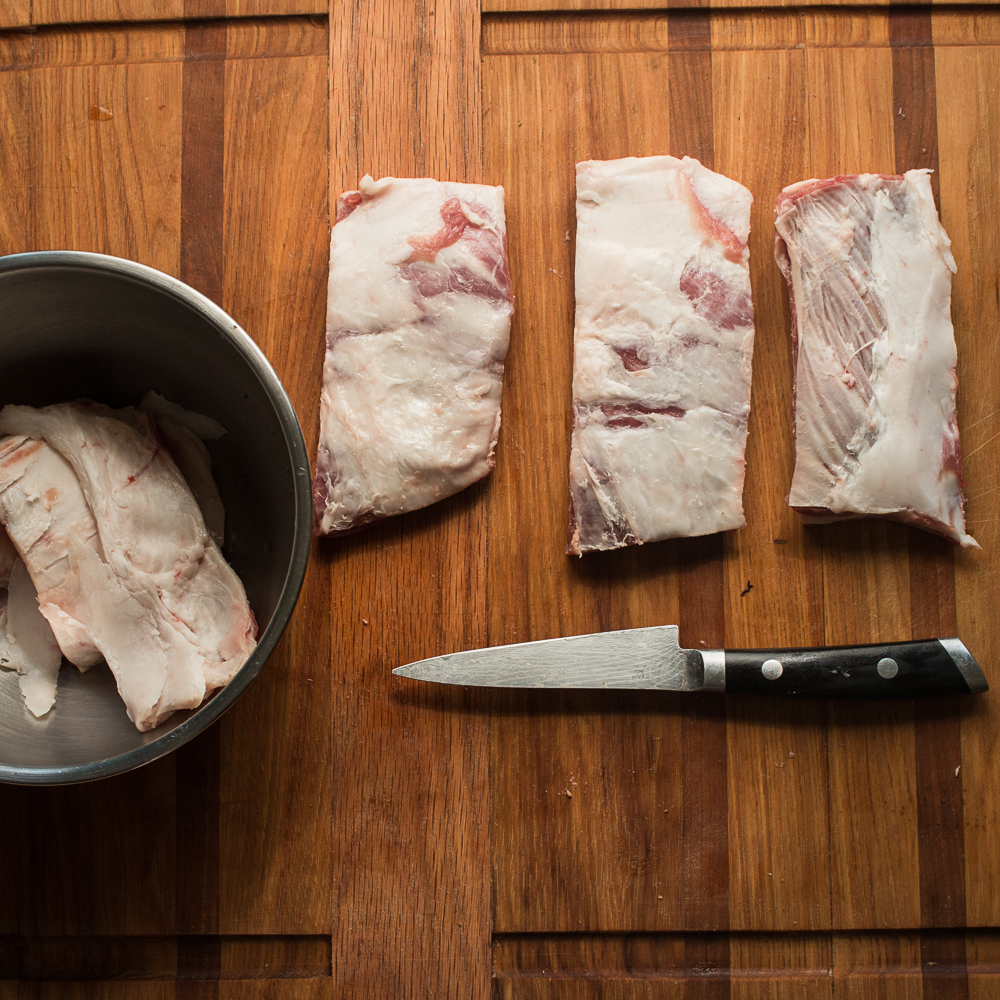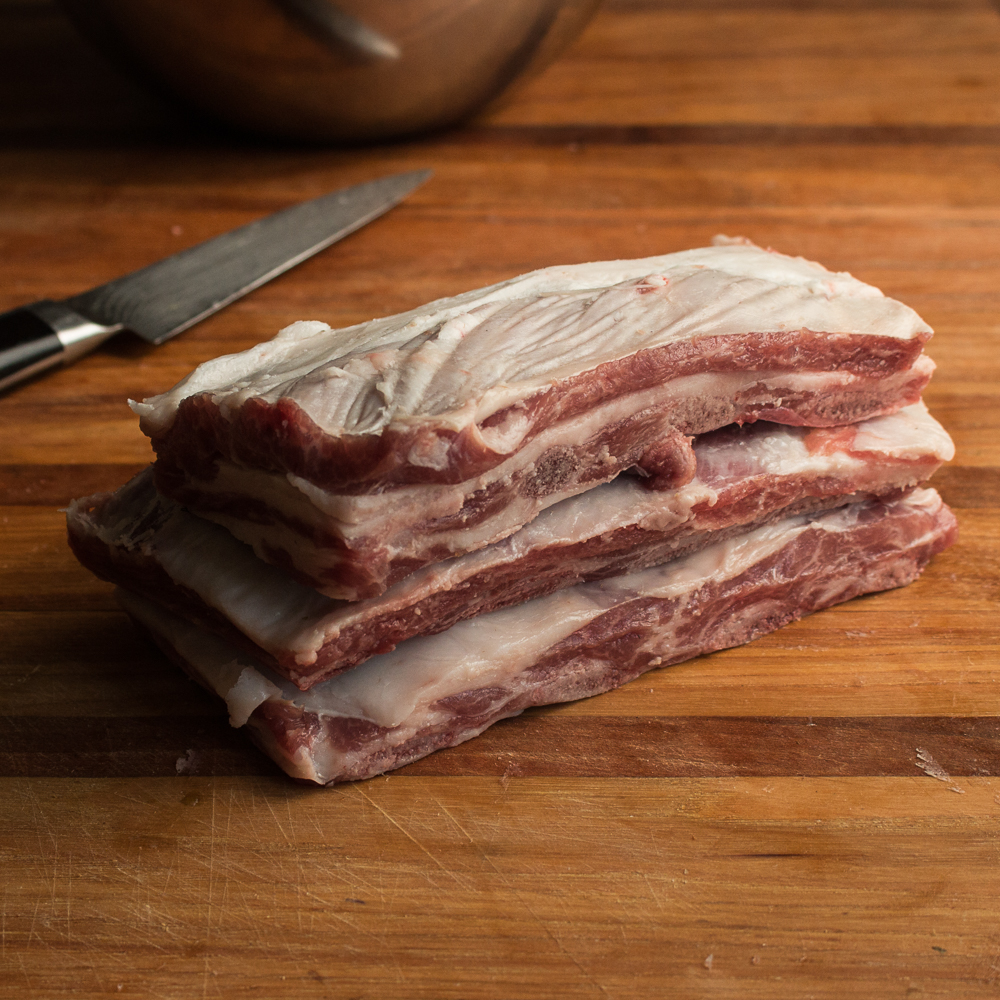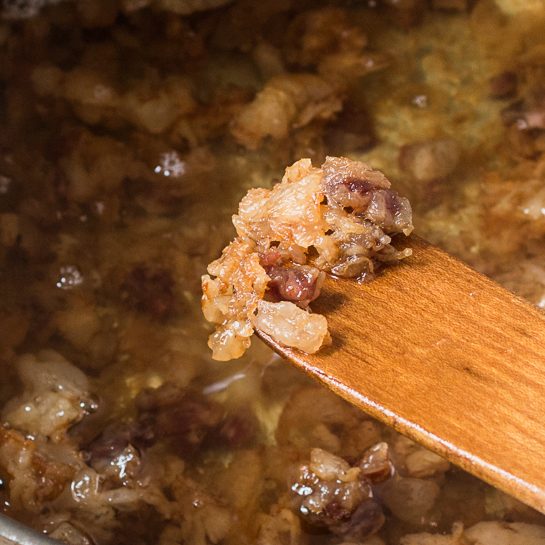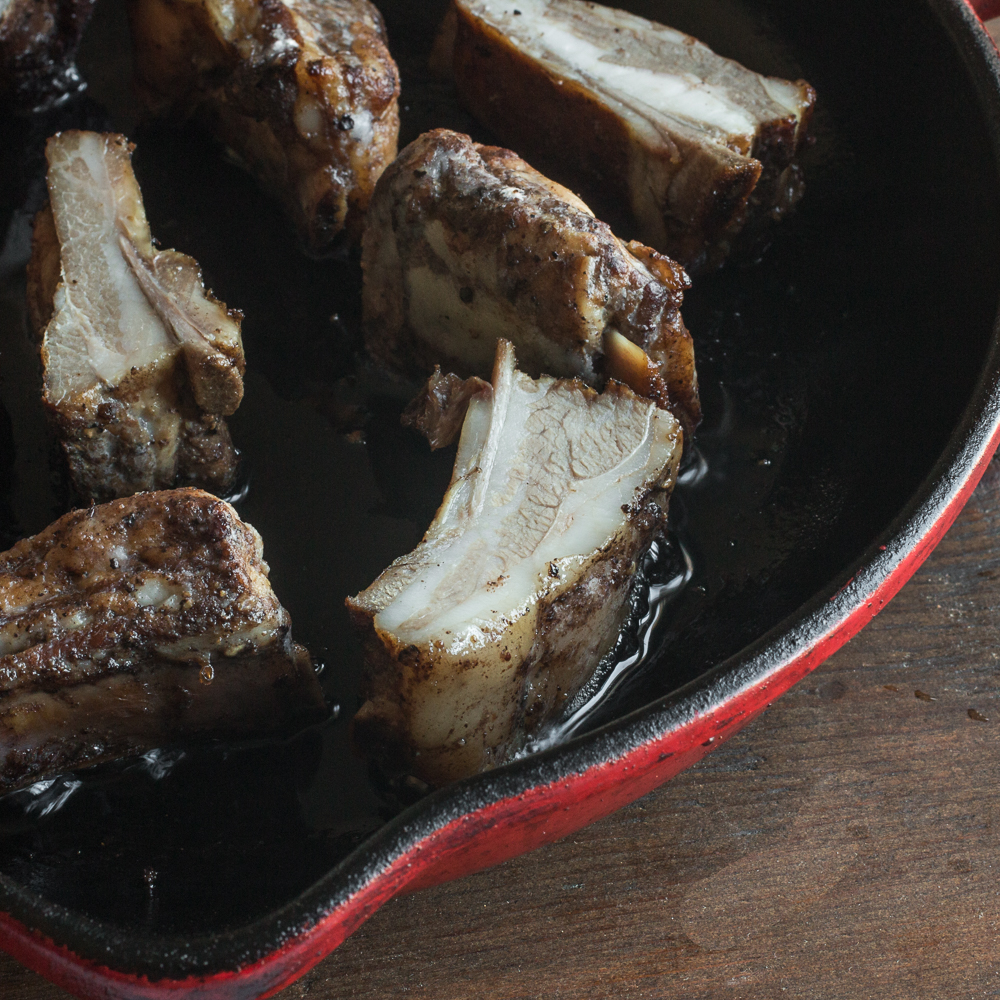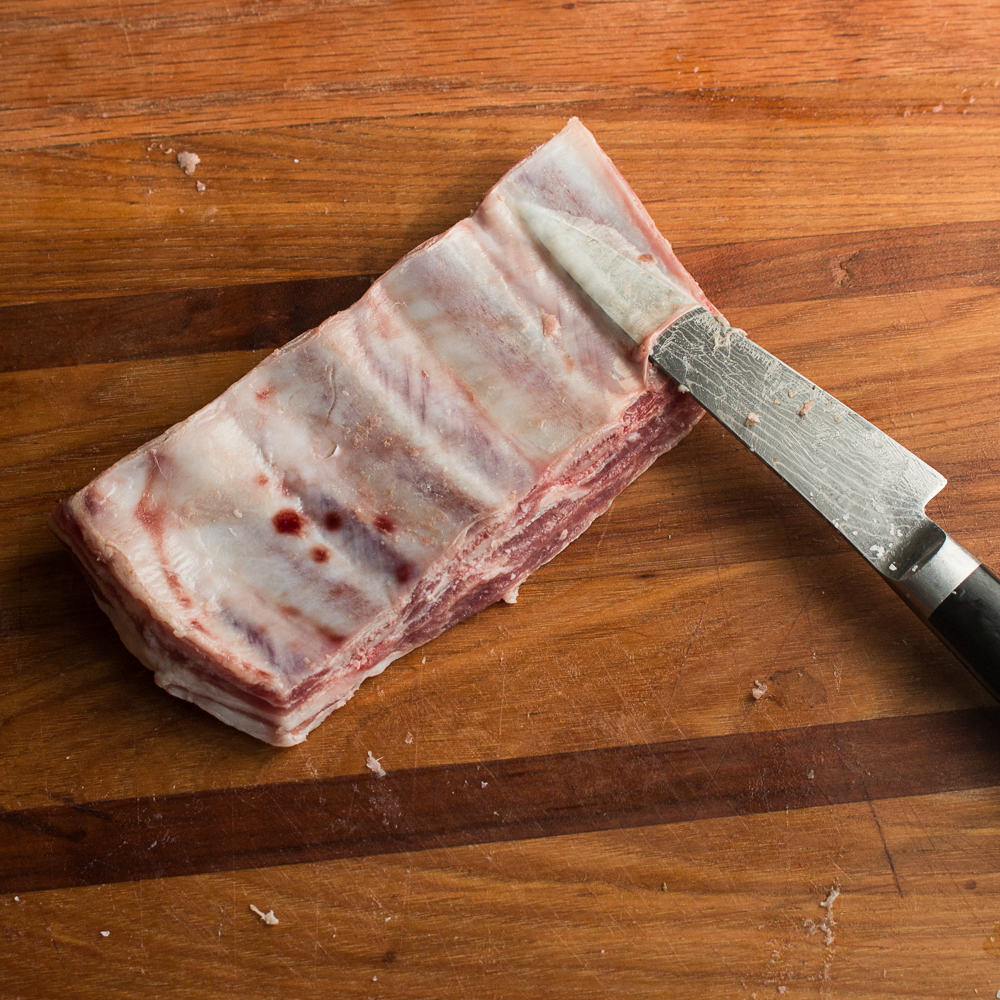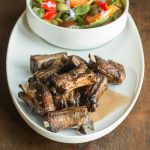How to Cook Lamb Ribs (Or Goat)
Lamb ribs are delicious, and make for a great entree or appetizer but they can be confusing if you haven’t worked with them before. People may expect a lamb rib to look and taste like meaty pork ribs, and they do, but there’s a few tricks to ensuring everyone will love them. Here’s a walk through of how to cook lamb ribs like a chef, which also works with goat ribs.
The difference between pork and lamb ribs is especially noticeable if you compare the baby back cut of pork ribs that is widely consumed in the United States with lamb or goat riblets. There is no way around it: healthy animals have body fat and lamb and goat riblets are layered with delicious fat. Fat from animals is arguably the most pure, natural, and healthy fat you can eat, especially from grass-fed animals high in omega three fatty acids gained from grazing on rich pasture, like ours at Shepherd Song.
Wy This Recipe Works
Chef Alan Says:
“When I worked at Heartland Restaurant in St. Paul, we worked with only whole animals and eventually would build up different parts in quantities to sell. One of the kitchen-staff favorites were venison ribs, but guests were often scared to try them since they thought they would be fatty, and gamey. Even though they were mild tasting, as farmed venison is typically fed grains that mellows the flavor, we had better feedback from guests when we trimmed a little extra fat from the ribs before cooking.
A little trimming goes a long way, and as lamb and goats are more similar to deer in my mind than beef cattle, the method works just as well on their ribs too. Lamb and goat ribs, especially those from Shepherd Song, are kind of a chef’s secret to me, and an delicious appetizer that always get rave reviews, easy to serve for the cook, and a breeze to pass and eat with your hands as a canape”
To help guests discover how amazing lamb and goat ribs can be, Chef Bergo uses two extra steps during cooking: first, extra trimming of the fat cap, and secondly, after cooking and chilling, which helps the ribs hold their shape, he cuts the ribs into individual bones and grills or browns them to finish cooking. Both steps are vital in making the most delicious lamb rib in his mind.
How to Cook Lamb Ribs, Step by Step
Trimming the fat cap a bit helps to remove excess fat that can be rendered for all-purpose cooking, and cutting into bite-sized, single bone-pieces and browning helps render out even more fat before the guest actually takes their first bite. If you’ve been unsure of how to cook lamb or goat ribs try Chef Bergo’s method, we guarantee you’ll love it. Did we mention that they’re the perfect appetizer too? The way we cut our ribs makes them the perfect size as an appetizer or entree, you can’t go wrong!
Overcooking
A note on cook times. Often at restaurants, sometimes even very nice ones, ribs are thougtht of as something you cook, and cook, and cook, until the meat falls off the bone. This is incorrect, and, if you brought ribs like that to a barbecue competition, you’d be docked points! Ribs should be tender and yield to the bite, but the bones should not slide out, which means they’re overcooked. Chef Bergo’s lamb and goat rib guide below will yield tender, but not overcooked lamb and goat ribs, and can be be done in a smoker, or in the oven.
Removing the Membrane
One last tip, many people don’t even notice, and some like to eat it, but most of the time, chef’s will remove the membrane from the underside of the ribs before cooking so that it doesn’t interfere with eating the final product. It’s quick to do, and makes a more polished, final rib, but it’s optional. Here’s some pictures outlining the process. I don’t do this all the time, so if it seems difficult, it’s ok to skip.
This recipe is by chef Alan Bergo. A chef from Minnesota, Alan is a 15 year veteran of the culinary industry, former executive chef of acclaimed Lucia’s Restaurant, and the Salt Cellar. Founder of the website Forager Chef, he’s best known as a respected authority on Midwestern foraging. Learn more about Alan and his hunt for mushrooms, wild and obscure foods at Forager Chef.
Looking to buy lamb or goat for dogs? Shepherd Song Farm: Grass to table. We raise lambs & goats traditionally, humanely and sustainably. 100% Grass Fed, Pasture Raised, Never Confined, no Hormones, Grains or Animal Byproducts. Born, raised and processed in the U.S.A. Good for you and good for the environment.
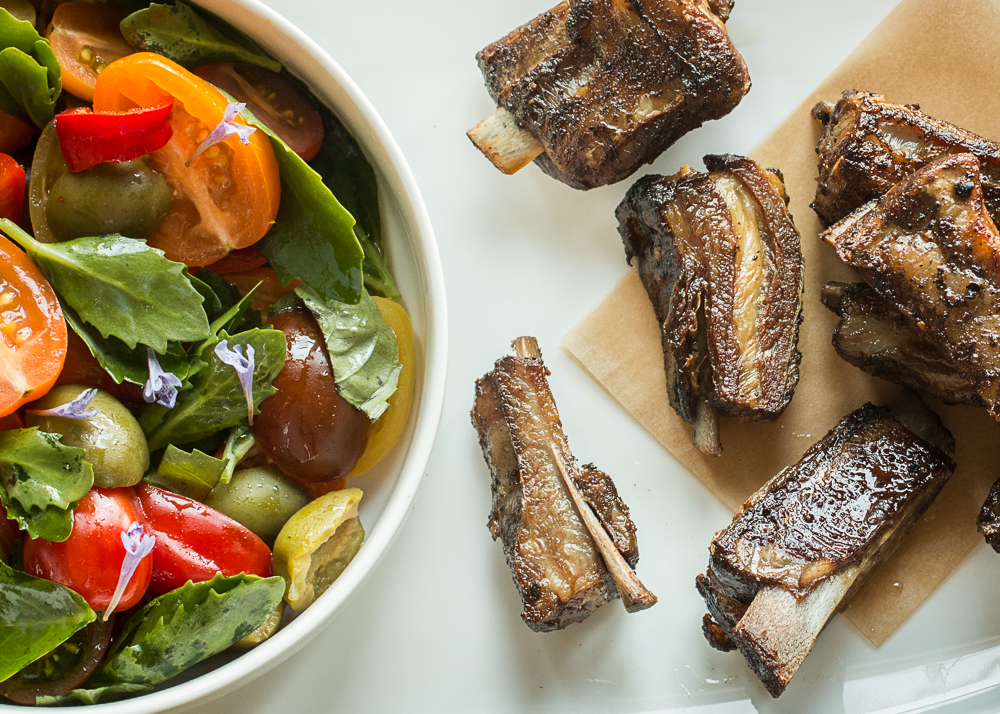
More Summer Lamb Recipes
Pan Fried Goat Chop with Herb Butter
How to Cook Lamb Ribs (Or Goat)
Equipment
- Smoker (optional)
- Parchment paper
Materials
Ribs
- 2 lb Lamb Riblets our goat ribs are excellent too
- Kosher salt and fresh ground black pepper
Seasonings
- Other seasonings of your choice optional some examples could be: curry powder, fresh herbs like chopped thyme and rosemary, spicy seasonings like blackening mix, or anything you like
Instructions
- Trim the fat cap from each rack of riblets as much as desired. Season the ribs liberally with salt and pepper, and any other spices to taste, then allow to marinate, preferably for 12-24 hours.
- Smoke the ribs at 250 degrees for 2-2.5 hours, or until just tender. Remove the ribs, chill to make cutting easier, then grill or cook in a pan until hot throughout. From here, the ribs can be made 3-4 days in advance.
- To serve the ribs, cut them into riblets and brown the ribs in a pan to render out more fat and make them crisp. They can also be grilled or roasted. Allow the ribs to rest on a paper towel for a moment before serving.
- The ribs can also be roasted in the oven wrapped in parchment or in a covered container. Save the fat that renders out for cooking potatoes or leafy greens.

